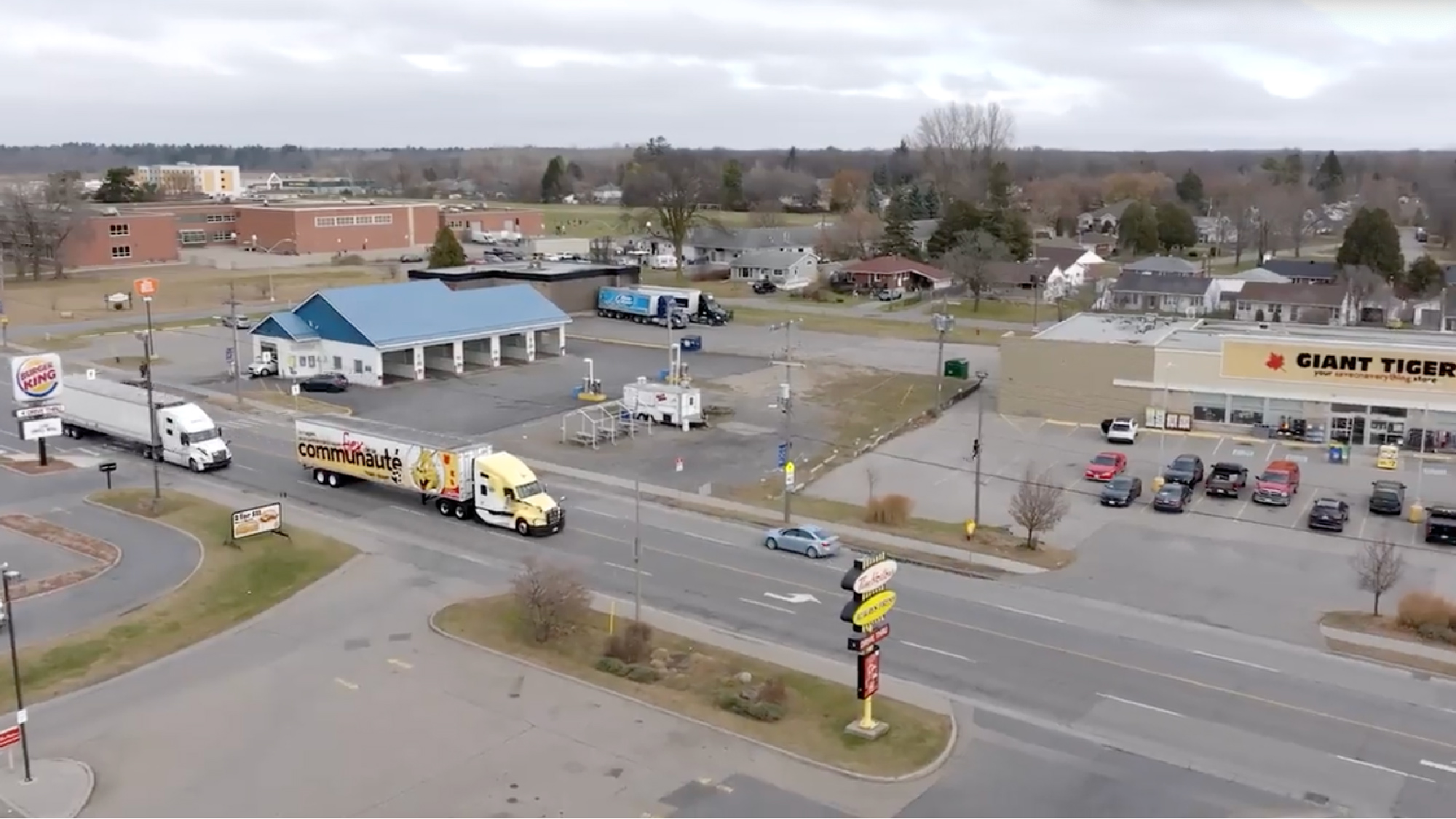
City of Seattle drives forward with sustainable solutions for fleet management

Table of Contents
The City of Seattle has an ambitious goal of cutting carbon emissions 50% by 2025 and being fossil fuel free by 2030. The city’s fleet leadership chose Geotab to help meet their sustainability goals, accurately measure electricity use by the city’s electric vehicles (EVs), and determine which internal combustion engine (ICE) vehicles could be cycled out for EVs.
The Challenge: Cut carbon emissions and go fossil fuel free
As a hub of high-tech companies, the City of Seattle has the reputation of being ahead of the curve. With a mandate to lower fleet carbon emissions and eliminate the use of fossil fuels, Philip Saunders, Deputy Director of Logistics and Emergency Management and the Green Fleet Program, had his work cut out for him.
Once the emissions goals were set, Saunders determined that the only way the fleet could meet these goals was with telematics. “The key is to have telematics, because we have to be able to measure vehicle miles, routes traveled and how miles and routes fit together,” Saunders says.
The Solution: Measure the true cost and benefit of EVs
The choice of a telematics solution was obvious: “It was an easy decision — Geotab has electric vehicles figured out,” Saunders says.
Having a telematics solution that could report an EV’s kilowatt hours (kWh) was critical for the City of Seattle, since Saunders and his fleet team measure electricity as a fuel and include it as part of the fleet’s total cost of ownership (TCO) calculations.
“Geotab has shown instant results that tracked our kWh usage in EVs and route mileage averaged. This information is key for vehicle replacements to convert fossil fuel vehicles to battery electric vehicles (BEVs),” he says.
Currently, about 12% of the City of Seattle’s fleet consists of BEVs with another 16% either hybrid or plug-in hybrid electric (PHEV). With Geotab installed, they improved the entire decision-making process for determining if an EV is the right fit.
“Most people make changes without data,” Saunders notes. “But we’re able to show them the data and let the data speak to them.”
Using data to drive decision making
Many departments will fight for the vehicles they want — and without data, Saunders and his team had to take their word for it.
However, with robust telematics data, the City of Seattle fleet team was able to evaluate the actual utilization of take home and other vehicles. With this data, they can determine if the employee is really using the vehicle as they claim.
For example, a vehicle that was reported at 300 miles/day or 1,500 miles/week, was only being used 200 miles/week, and it’s determined that an EV is better suited for this employee based on this more accurate utilization measurement, “With Geotab, we’re able to have the kind of data we need and can customize what we need,” says Saunders.
The primary reports the fleet relies on are:
- kWh reporting
- Idling
- Speeding
- CO2 reduction — The fleet is required to drop 8% in metric tons of emissions per year.
While Geotab has changed the way vehicle types are determined, Saunders says that drivers have been supportive of the new data-driven process, particularly if it means they are assigned an EV. This is because every city department has sustainability goals and, by being assigned and using an EV, it shows that they are taking positive steps to meet the benchmarks.
Fleet safety reports provide added value
EVs might be a focus of the sustainability efforts, but Saunders also tracks ICE vehicles as well, monitoring for idling, speeding, and other aggressive driving behaviors and then correcting them, saving the city millions of dollars in expenses related to this behavior.
The Results: Becoming the greenest of green fleets
Because of COVID-19, Saunders says tracking the benefits of the city’s use of the Geotab solution has been skewed in 2020, but he still has marked a number of achievements. Perhaps one of the biggest has been tied to the fundamental reason Geotab was chosen — the ability to concretely show fuel savings with electric vehicles.
Having the data-rich Geotab system has been critical in reporting sustainability progress. “The real eye opener for me was the big picture. I saved $2 million in fuel and spent only $100,000 on electricity.”
Says Saunders, “We want to use telematics on every vehicle. That’s the way to go. It’s the future.”
From the Fleet Manager
“We looked at other telematics providers. Nobody has what Geotab has.” – Philip Saunders, Deputy Director of Logistics and Emergency Management and the Green Fleet Program for the City of Seattle.
Post Tags
Client profile
Client name:
City of Seattle
Industry:
Government
Types of vehicles:
Sedans, pickups, Class 8 trucks
Fleet size:
4100
Fleet focus:
Sustainability
Other stories

ENMAX Power Corporation unlocks real-time insights on fleet performance with telematics
April 9, 2025

Gerhardt Group: Digging into telematics data to drive efficiency
January 16, 2025

Giant Tiger advances fleet safety and optimization with an integrated, data-driven solution
January 8, 2025

Hunt and Sons LLC: Simplifying fleet operations through telematics data
January 8, 2025